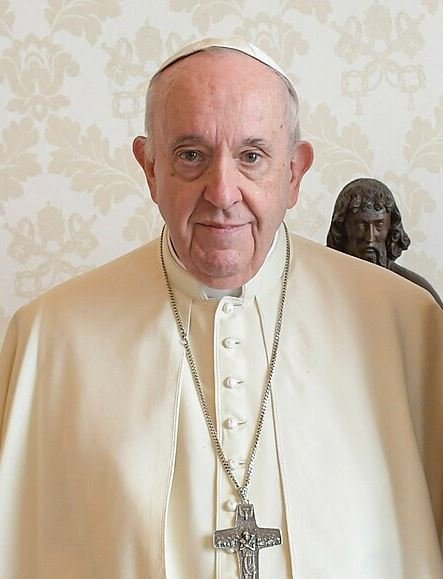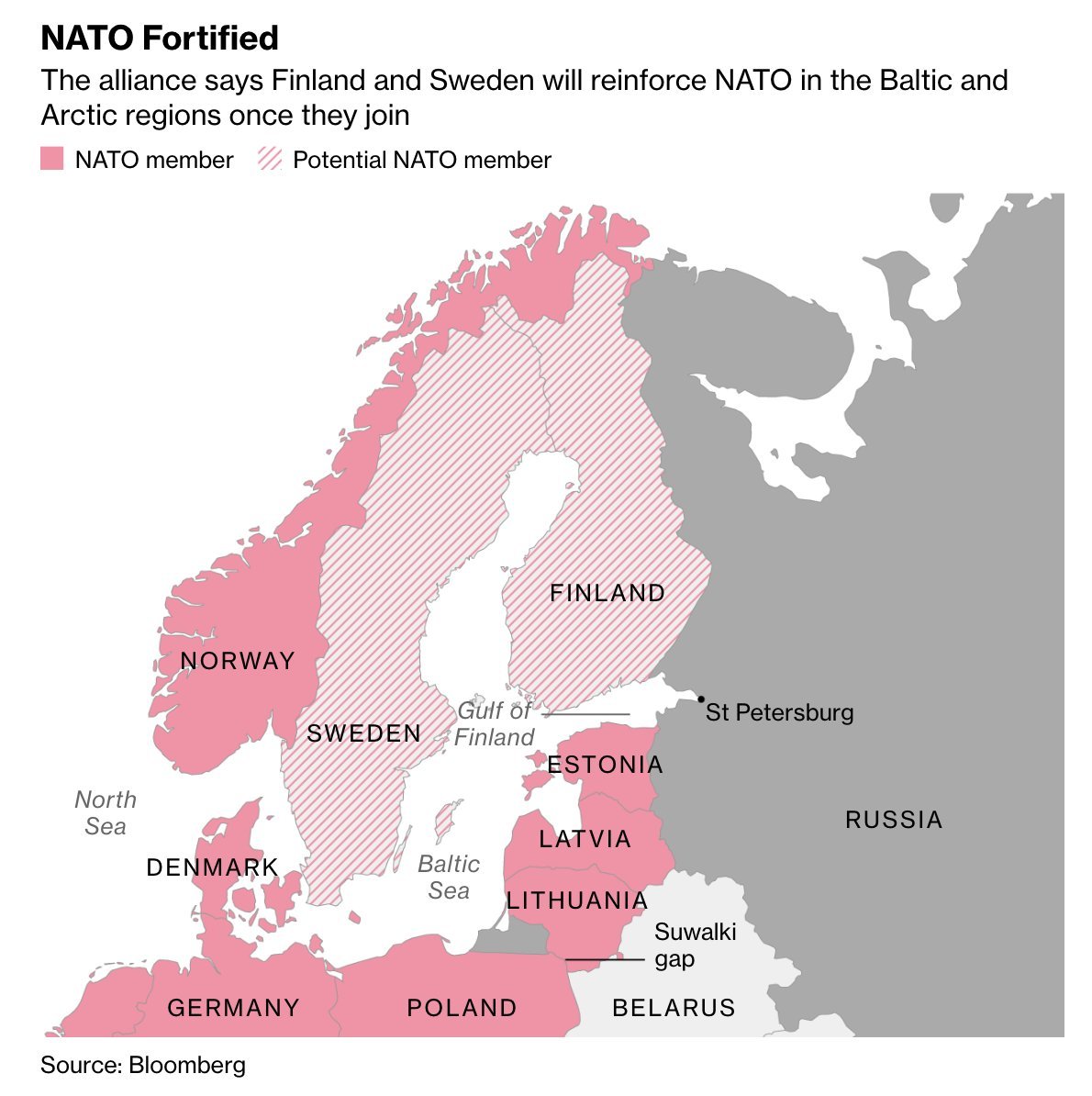Understanding Papal Conclaves: History, Process, And Secrecy

Table of Contents
A Journey Through History: The Evolution of Papal Conclaves
The selection of a new Pope wasn't always the formalized process we know today. Early papal elections were often tumultuous affairs, marked by political maneuvering and even violence. In the early centuries of the Church, the process lacked structure, with various factions vying for influence. The election could involve the clergy, the Roman populace, or even the Byzantine Emperor, depending on the political climate.
Early practices and the gradual development of the conclave system:
The early methods were far from standardized. Elections were often prolonged, sometimes lasting years, leading to periods of vacancy known as sede vacante. The chaotic nature of these elections highlighted the need for reform. Gradually, the Church began to formalize the process, aiming for a more orderly and less influenced selection of the next spiritual leader.
Key historical moments shaping Papal Conclaves:
Several historical conclaves stand out for their drama and significance. The 1268 conclave, lasting nearly three years, exemplifies the challenges of earlier elections. The conclave that elected Urban VI in 1378 was particularly contentious, resulting in the Western Schism, a period of two rival Popes. These events underscored the need for a more structured system.
Reform and standardization of the conclave process:
Key papal decrees throughout the centuries progressively shaped the conclave. The decrees aimed to reduce external influence, ensure a fair process, and shorten the duration of the election. These reforms gradually solidified the conclave into the relatively structured system we know today.
- 1179: The Third Lateran Council introduced early regulations for papal elections.
- 1274: The Second Council of Lyon established a more formal process, limiting the electors to cardinals.
- 14th-16th Centuries: Several papal bulls further refined the rules, including the introduction of the conclave's physical confinement.
The Modern Papal Conclave: A Step-by-Step Process
The modern Papal Conclave is a meticulously orchestrated event, combining tradition with contemporary security measures.
Pre-conclave activities:
The process begins with the death or resignation of the Pope, officially marking the sede vacante (vacant see). The cardinals, the electors, then gather in Rome. Various preparatory meetings and liturgical ceremonies take place before the conclave itself commences.
The Conclave itself:
Once the cardinals assemble in the Sistine Chapel, they take an oath of secrecy, promising to uphold the sanctity of the election process. Voting takes place through secret ballots, with each cardinal writing their choice on a slip of paper. The ballots are then meticulously counted ("scrutiny") until a candidate receives a two-thirds majority vote.
- 1: Oath of Secrecy.
- 2: Secret Balloting.
- 3: Scrutiny (counting of votes).
- 4: Requirement of a two-thirds majority for a valid election.
Seclusion and security during the conclave:
The cardinals remain in strict seclusion during the conclave, isolated from external influences. Rigorous security measures are in place to ensure the integrity of the election. Communication with the outside world is strictly limited.
Announcing the new Pope:
Once a Pope is elected, the announcement is made publicly from the balcony of St. Peter's Basilica. The iconic "Habemus Papam!" ("We have a Pope!") signals the conclusion of the conclave and the beginning of a new papacy.
The Veil of Secrecy: Understanding the Importance of Confidentiality
The secrecy surrounding Papal Conclaves is not merely a tradition; it's a cornerstone of the process.
Reasons for the secrecy surrounding the papal conclave:
- Integrity of the election: Secrecy protects the cardinals from undue pressure and ensures the freedom of their votes.
- Avoiding external influence: External pressures, political or otherwise, are minimized.
- Freedom of conscience: Cardinals can vote according to their conscience without fear of repercussions.
Historical examples of breaches and their consequences:
Throughout history, instances of secrecy breaches have occurred, often resulting in controversies and challenges to the legitimacy of the elected Pope.
Maintaining confidentiality in the modern era:
Modern technology and procedures have been implemented to further enhance the secrecy of the conclave, reducing the possibility of leaks or interference.
Conclusion
Papal Conclaves, a blend of ancient tradition and modern security, represent a crucial moment in the life of the Catholic Church. We’ve explored their historical evolution, from tumultuous early elections to the highly structured modern process. The unwavering emphasis on secrecy ensures the integrity and freedom of the election, allowing cardinals to choose a Pope based solely on their conviction. Understanding the historical context, the meticulous process, and the significance of confidentiality provides a deeper appreciation of this unique and fascinating aspect of the Catholic faith. Delve deeper into the intricacies of papal conclaves by exploring the resources available online and in libraries, including books and documentaries focused on the history of papal elections and papal conclave procedures. Want to learn more about the fascinating history of papal elections? Keep reading!

Featured Posts
-
 A Pan Nordic Military Alliance Examining The Roles Of Sweden And Finland
Apr 22, 2025
A Pan Nordic Military Alliance Examining The Roles Of Sweden And Finland
Apr 22, 2025 -
 January 6th Hearing Witness Cassidy Hutchinson To Publish Memoir This Fall
Apr 22, 2025
January 6th Hearing Witness Cassidy Hutchinson To Publish Memoir This Fall
Apr 22, 2025 -
 Overcoming The Hurdles Why Robot Made Nike Sneakers Are Still A Distant Goal
Apr 22, 2025
Overcoming The Hurdles Why Robot Made Nike Sneakers Are Still A Distant Goal
Apr 22, 2025 -
 The End Of An Era Pope Francis Death And Its Significance
Apr 22, 2025
The End Of An Era Pope Francis Death And Its Significance
Apr 22, 2025 -
 Florida State University Security Gap Fuels Student Anxiety Despite Rapid Police Action
Apr 22, 2025
Florida State University Security Gap Fuels Student Anxiety Despite Rapid Police Action
Apr 22, 2025
